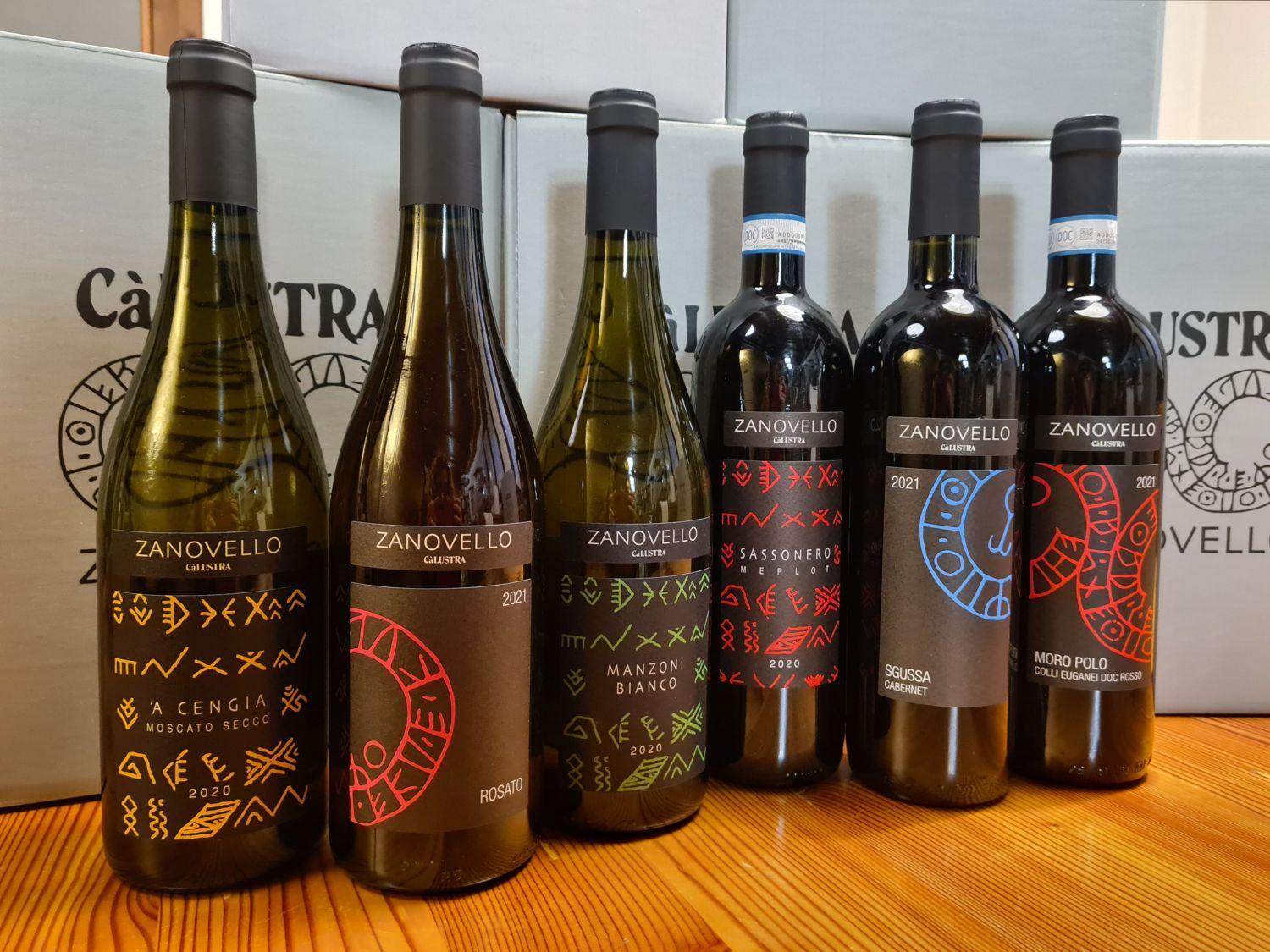
Sustainability: lightweight glass

Lightweight glass for Ca' Lustra Zanovello bottles
One of the distinctive features of our products is the use of lightweight glass. We have long adopted this solution for Ca' Lustra wines and the mid-range wines in the Zanovello line. Starting with the 2020 vintage, we extended this choice to our entire production, including our most prestigious reserves: Sassonero and Girapoggio, as well as the Zanovello whites (the dark glass Burgundy bottles were the hardest to source). This decision, initially carefully considered in light of the Italian tradition that favors robust bottles for reserves, has proven to be a winning choice. But how much do our bottles weigh? Between 380 and 410 grams, well below some bottles on the market that can exceed a kilogram.
Benefits of lightweight glass: lower environmental impact
The choice of lightweight glass has a positive impact throughout the supply chain: the reduced amount of raw material required lowers energy consumption during production, while the lighter weight reduces CO2 emissions during transportation. Additionally, lightweight bottles require smaller cartons, which further optimize resource use and improve logistics. In the cellar, this solution allows us to make better use of storage space, a useful aspect considering that our wines are marketed only several years after the harvest. Fortunately, the choice of lightweight glass is becoming increasingly common, thanks in part to the growing demand for lightweight bottles in some foreign markets (particularly Northern Europe, Germany, France, and Canada).
Investing in quality: the choice of closures
Lightweight glass is not only a sustainable solution but also offers economic advantages. The savings on bottle purchases and transportation have allowed us to reinvest in essential components such as closures. Ca' Lustra has always been attentive to the choice of closures: every year we conduct various capping tests, monitoring the results over time. The use of lightweight bottles has enabled us to select even more controlled and high-performance corks, ensuring the highest possible quality of the wine in the bottle. While the shape of the glass does not affect the organoleptic characteristics of the wine, the closure plays a crucial role, both for immediate consumption and for long-term bottle aging.
